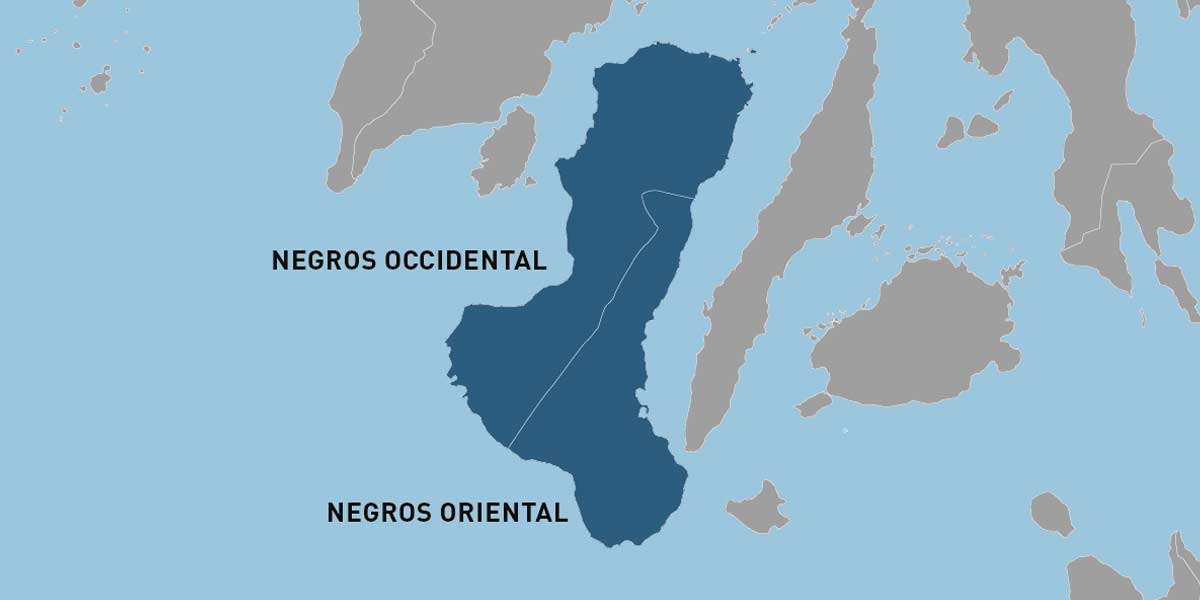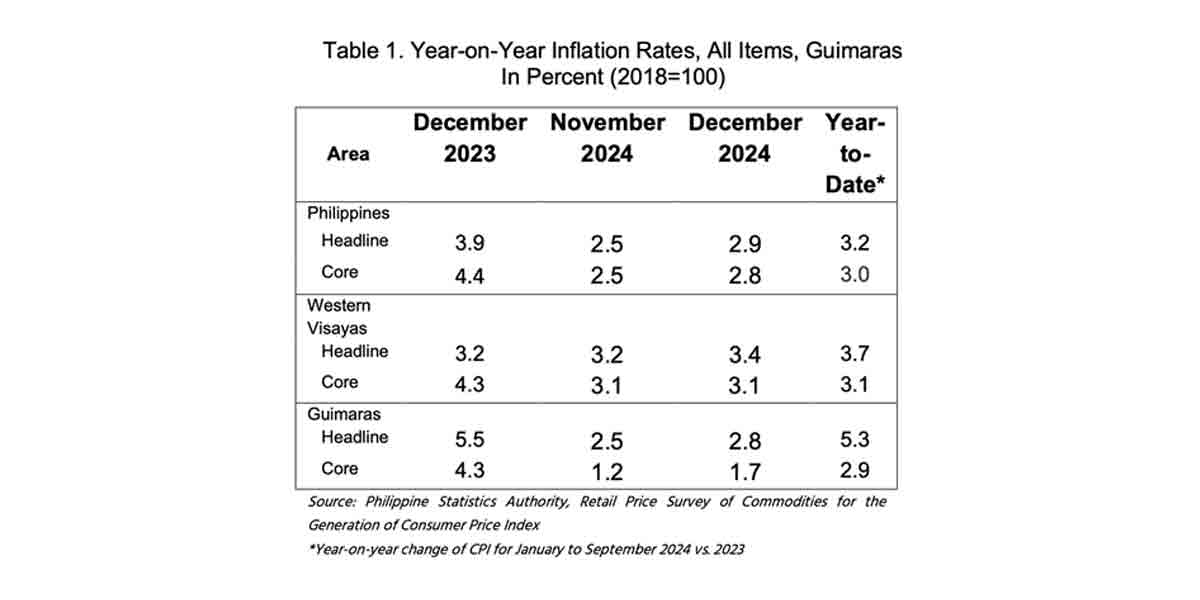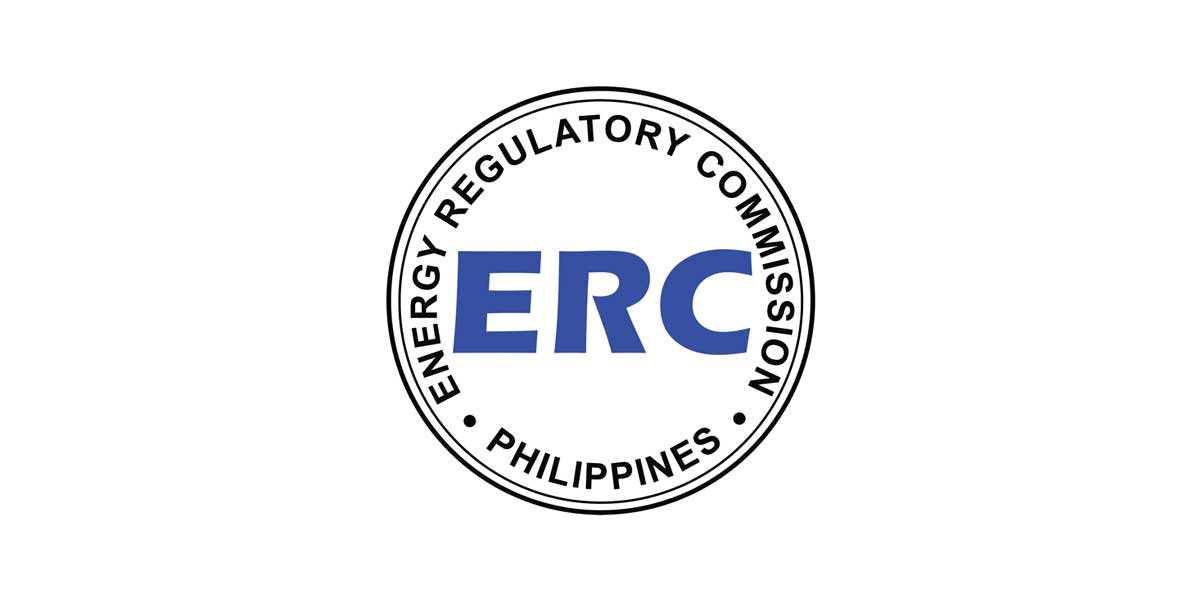 By Atty. Eduardo T. Reyes III
By Atty. Eduardo T. Reyes III
It has been reported that the “party-goers” who allegedly breached quarantine rules by attending a pool party in a hotel had been charged before the Iloilo City Prosecutor’s Office for violation of REPUBLIC ACT No. 11332 or An Act Providing Policies and Prescribing Procedures on Surveillance and Response to Notifiable Diseases, Epidemics, and Health Events of Public Health Concern, and Appropriating Funds Therefor, Repealing for the Purpose Act No. 3573, Otherwise Known as the “Law on Reporting of Communicable Diseases”.
Regardless of the legal viability of the nature of the charge seeking their indictment, the point of concern is how to prove the charge. Experience and common sense would dictate that the attendees will not come out as witnesses for fear of incriminating themselves and thus the most plausible evidence that will be presented will be photographs. And these photographs would most likely be those that had been circulating on the very popular social networking site: Facebook.
In relation to this, it can be said that to the point of ubiquity, pictures are uploaded by the millions daily round the world on social-networking site, www.Facebook.com. By the looks of it, when almost every person has a Facebook (FB) account, anyone who does not may be deemed a digital pariah. Hence, when a person uploads his/ her pictures on FB the interesting question is: what are the legal implications of the privacy settings in regard to pictures uploaded or posted on such social network platform?
For starters, Facebook settings could either be viewable by (1) their Facebook friends, or (2) by the public at large. The default setting is open to the general public. When the setting is viewable by the public in general, then there is no expectation of privacy. However, this leads to the more swirling issue: if the privacy setting is such that the viewers are limited to “Facebook friends”, and a Facebook friend shares it with his or her own friends who may not be a friend of the original author of the post or owner of the picture, will that amount to a violation of privacy such that the original owner can sue for enforcement of privacy and damages?
Fortunately, Philippine jurisprudence had already settled this issue in 2014 when the Supreme Court ruled that:
It is well to emphasize at this point that setting a post’s or profile detail’s privacy to “Friends” is no assurance that it can no longer be viewed by another user who is not Facebook friends with the source of the content. The user’s own Facebook friend can share said content or tag his or her own Facebook friend thereto, regardless of whether the user tagged by the latter is Facebook friends or not with the former. Also, when the post is shared or when a person is tagged, the respective Facebook friends of the person who shared the post or who was tagged can view the post, the privacy setting of which was set at “Friends.”(RHONDA AVE S. VIVARES and SPS. MARGARITA and DAVID SUZARA, v. ST. THERESA’S COLLEGE, MYLENE RHEZA T. ESCUDERO, and JOHN DOES, G.R. No. 202666 September 29, 2014)
Thus, when a supposed Facebook friend voluntarily shares a picture with his/ her own friends who may not be the friend of the owner of the photograph, the recipient cannot be enjoined from viewing it, sharing it further, or even using it as evidence for some purpose.
The ensuing pronouncement in US v. Gines-Perez is most instructive:
[A] person who places a photograph on the Internet precisely intends to forsake and renounce all privacy rights to such imagery, particularly under circumstances such as here, where the Defendant did not employ protective measures or devices that would have controlled access to the Web page or the photograph itself. Also, United States v. Maxwell held that “[t]he more open the method of transmission is, the less privacy one can reasonably expect. Messages sent to the public at large in the chat room or e-mail that is forwarded from correspondent to correspondent loses any semblance of privacy.” (RHONDA AVE S. VIVARES and SPS. MARGARITA and DAVID SUZARA, v. ST. THERESA’S COLLEGE, MYLENE RHEZA T. ESCUDERO, and JOHN DOES, G.R. No. 202666 September 29, 2014, citations omitted.)
However, while the recipient of the pictures may not be liable for breach of informational privacy, the same may not be the case with the supposed “friend/s” who, without compunction, wantonly or callously share the post or pictures without the consent of the author of the post or owner of the picture/s.
In the same case of RHONDA AVE S. VIVARES and SPS. MARGARITA and DAVID SUZARA, the Supreme Court explained that:
As applied, even assuming that the photos in issue are visible only to the sanctioned students’ Facebook friends, respondent STC can hardly be taken to task for the perceived privacy invasion since it was the minors’ Facebook friends who showed the pictures to Tigol. Respondents were mere recipients of what were posted. They did not resort to any unlawful means of gathering the information as it was voluntarily given to them by persons who had legitimate access to the said posts. Clearly, the fault, if any, lies with the friends of the minors. Curiously enough, however, neither the minors nor their parents imputed any violation of privacy against the students who showed the images to Escudero.(Underscoring supplied).
Inevitably, if interlopers of privacy in the physical world abound; it is even worse on the internet. If some friends in the real world could be unreal; the digital world is prodigiously crowded with the same too.
Thus, in order not to be co-opted by the trending of internecine exchanges in social media, of publishing every reckless move one makes, and of posting thoughtless photos or ideas, the Supreme Court dished out a fatherly advice in the same case of RHONDA AVE S. VIVARES and SPS. MARGARITA and DAVID SUZARA, viz:
It has been said that “the best filter is the one between your children’s ears.” This means that self-regulation on the part of OSN users and internet consumers in general is the best means of avoiding privacy rights violations. As a cyberspace community member, one has to be proactive in protecting his or her own privacy. It is in this regard that many OSN users, especially minors, fail. Responsible social networking or observance of the “netiquettes” on the part of teenagers has been the concern of many due to the widespread notion that teenagers can sometimes go too far since they generally lack the people skills or general wisdom to conduct themselves sensibly in a public forum.”
Tact and circumspection in the real world should equally apply to the internet. The law may be manifold in its aim to keep up with nascent digital technology in order to vindicate violations of privacy rights. But prevention is always better than cure. Practising a modicum of social distancing on social networking sites could be a major step in the right direction.
(Atty. Eduardo T. Reyes, III is the senior partner of ET Reyes III & Associates- a law firm based in Iloilo City. He is a litigation attorney, a law professor and a law book author. His website is etriiilaw.com).





















